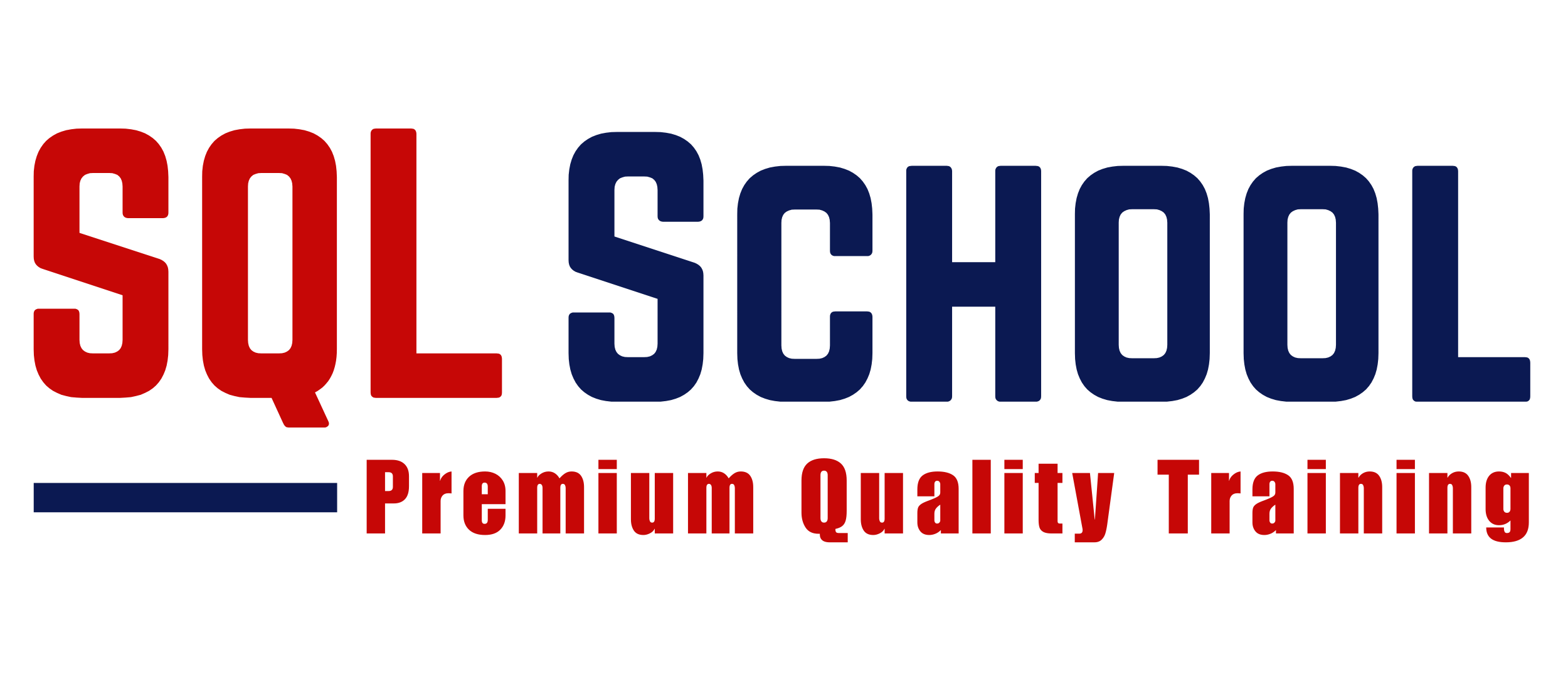Freshers looking to start a career in cloud computing
System administrators transitioning to cloud infrastructure roles
Developers and DevOps engineers aiming to master cloud platforms
IT professionals seeking multi-cloud skills (Azure, AWS, GCP)
Anyone passionate about cloud technologies and modern IT solutions
No prior coding experience is required. All concepts are taught from scratch

















